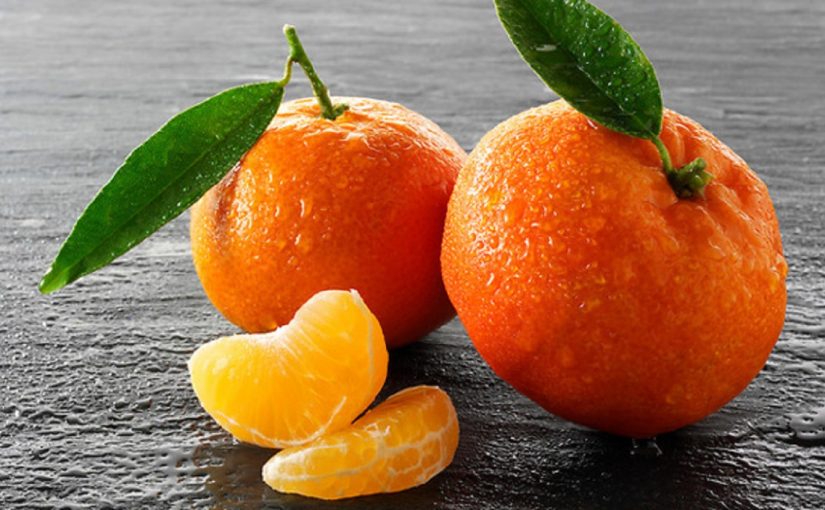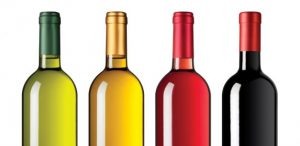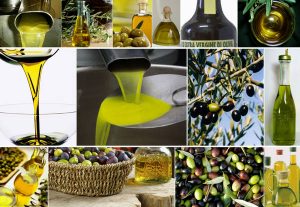10.02.2019
Calabrian cuisine hosts one of the sweetest citrus in the world, the so called “clementine” (Citrus clementina), which is a tangor, a hybrid between a willowleaf mandarin orange (Citrus deliciosa) and a sweet orange (Citrus sinensis). It is so named since 1902.
MYTH AND LEGEND
There is a lot of history and legend about the Orange (mother of clementine, the sweetest citrus in the world). Particularly, Orange is, symbolically, a Calabrian little sun.
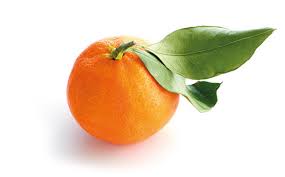
This all-Calabrian fruit, modern but belonging to the noble citrus family, is, maybe, the famous “precious gold of the Garden of the Hesperides”. According to Greek mythology, Hera offered to her husband Zeus some small trees with golden fruits, symbol of fertility and love, that he, for fear that someone stole them, had kept in a garden at the extreme West of the world, guarded by a dragon and by the nymphs Hesperides, girls singing sweet songs and protagonists of many other legends.
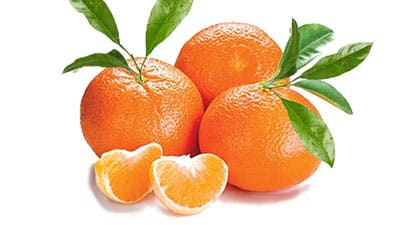
Another myth tells of Orange as the precious fruits beloved by Elios, the divinity of the sun, who, after finishing its daily course, went to rest right in the Garden of the Hesperides …
ORIGINS
The clementine is a spontaneous citrus, arose in the late 19th century in Misserghin, Algeria. The name derives from the garden of the orphanage of Brother Marie-Clément, in Algeria, where it would be cultivated for the first time.
Another origin could be a similar fruit native to the provinces of Guangxi and Guangdong in present-day China (this explain the name “mandarin citrus”), but the main theory is that clementine arose from a cross between a sweet orange (Citrus sinensis) and the Mediterranean willowleaf mandarin (Citrus deliciosa), in Algeria.
In both cases it is relatively certain that it was the Botanical Garden of Palermo, since its inauguration in 1795, that introduced mandarin in Italy and Europe, together with the medlar. First the mandarin grew in this garden overlooking the sea facing Palermo and from there it spread to local crops.
VARIETIES
There are three types of clementines:
- seedless clementines,
- clementines with maximum of 10 seeds,
- and Monreal (more than 10 seeds).
Italian Clementines resemble other citrus varieties such as the satsuma and tangerines. The main Italian varities are Clementine del Golfo di Taranto, Italian cultivar given Protected geographical indication (PGI) status by the European Union, produced around the Gulf of Taranto, and Clementine di Calabria, another Italian PGI variety, grown in the Calabria region.
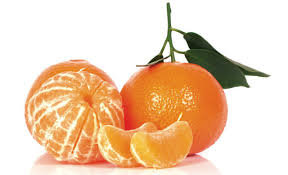
FEATURES
The exterior is a deep orange colour with a smooth, glossy appearance. Clementines can be separated into 7 to 14 segments. Similar to tangerines, they tend to be easy to peel. They are typically juicy and sweet, with less acid than oranges.
The exterior is small, round, sweet and fragrant, its color is the same as the fiery sunsets of the Mediterranean, of which it recalls myths and legends. The internal oils, like other citrus fruits, contain mostly limonene as well as myrcene, linalool, α-pinene and many complex aromatics.
OUR CALABRIAN VARIETY
The clementines are harvested from October to February in the province of Reggio Calabria: Ardore, Benestare, Bianco, Bovalino, Brancaleone, Casignana, Caulonia, Ferruzzano, Locri, Marina di Gioiosa Jonica, Monasterace, Portigliela, Roccella Jonica, Sant’Ilario dello Jonio, Siderno, Rizziconi, Gioia Tauro, Palmi, Rosarno, San Ferdinando.
In the province of Catanzaro: Borgia, Botricello, Curinga, Davoli, Lamezia Terme, Maida, Montauro, Montepaone, San Floro, San Pietro a Maida, Sant’Andrea Apostolo dello Jonio, Sellia Marina, Simeri Crichi, Soverato, Squillace, Catanzaro.
In the province of Cosenza: Cassano Jonio, Castrovillari, Corigliano Calabro, Crosia, Francavilla Marittima, San Lorenzo del Vallo, Spezzano Albanese, Terranova da Sibari, Trebisacce, Vaccarizzo Albanese, Rossano, Saracena, Cariati, Calopezzati, San Demetrio Corone, San Giorgio Albanese.

In the province of Vibo Valentia: Briatico, Francavilla Angitola, Limbadi, Nicotera, Pizzo and in the province of Crotone: Cirò Marina, Crucoli Torretta, Rocca di Neto.
Clementines can be tasted fresh or made into candied fruit, jam, juices, sorbets, desserts and liqueurs. You keep an ambient temperature for 2 or 3 days, but if you want to keep them longer, they must be stored in the fridge.
…Taste this Mediterranean Authentic fruit of Calabria and you will find and appreciate Myth, History and the Real Scent of Calabrian Cuisine!

